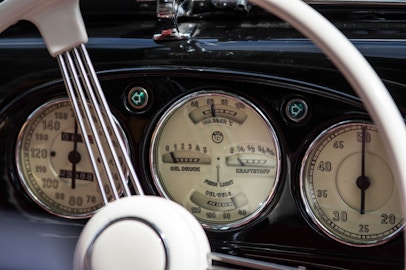Sensors

Sensors are everywhere: in order to know how to control a system it is necessary to know what to control and by how much. Sensors are the eyes and ears of electronics and they can take many forms. Temperature, pressure, distance, light, sound, contact and movement are some of the more common parameters to sense, but there are many many more. A camera is a sensor, as is a microphone. Sometimes the toxicity of gas needs to be sensed, or the presence of a liquid. Speed and acceleration are other common parameters of interest.
Most sensors are available as raw devices, but they often need to be designed into specific applications, for example the sensing of movement of an animal, the level of turbidity of water, or the height of oil in a tank. In mSemicon, we are often presented with these challenges, where our role is to create the appropriate device or package for the application of concern. One example of this has even been a gamma ray detector for the detection of radiation from space, in space.
In other cases, it may be more appropriate to design an entirely new sensor, which is something mSemicon has done on occasion. This is usually a result of such a sensor not being available.
There is no limit to the parameters that need sensing. mSemicon relishes the challenge of finding solutions, and then move to capture and process the information provided.
Photograph by emkanicepic (Michael Kauer) on Pixabay